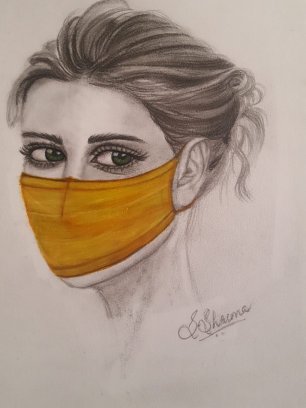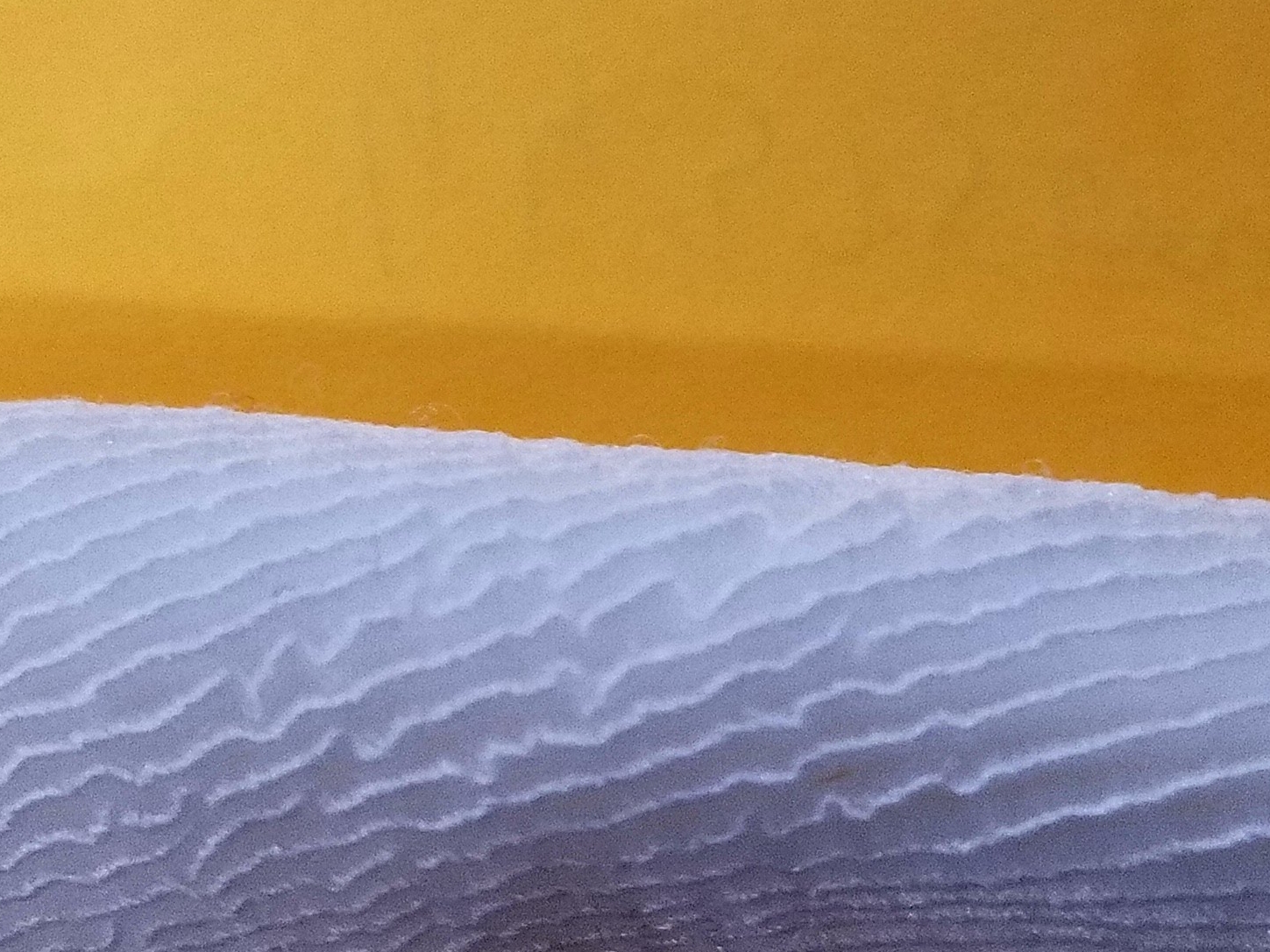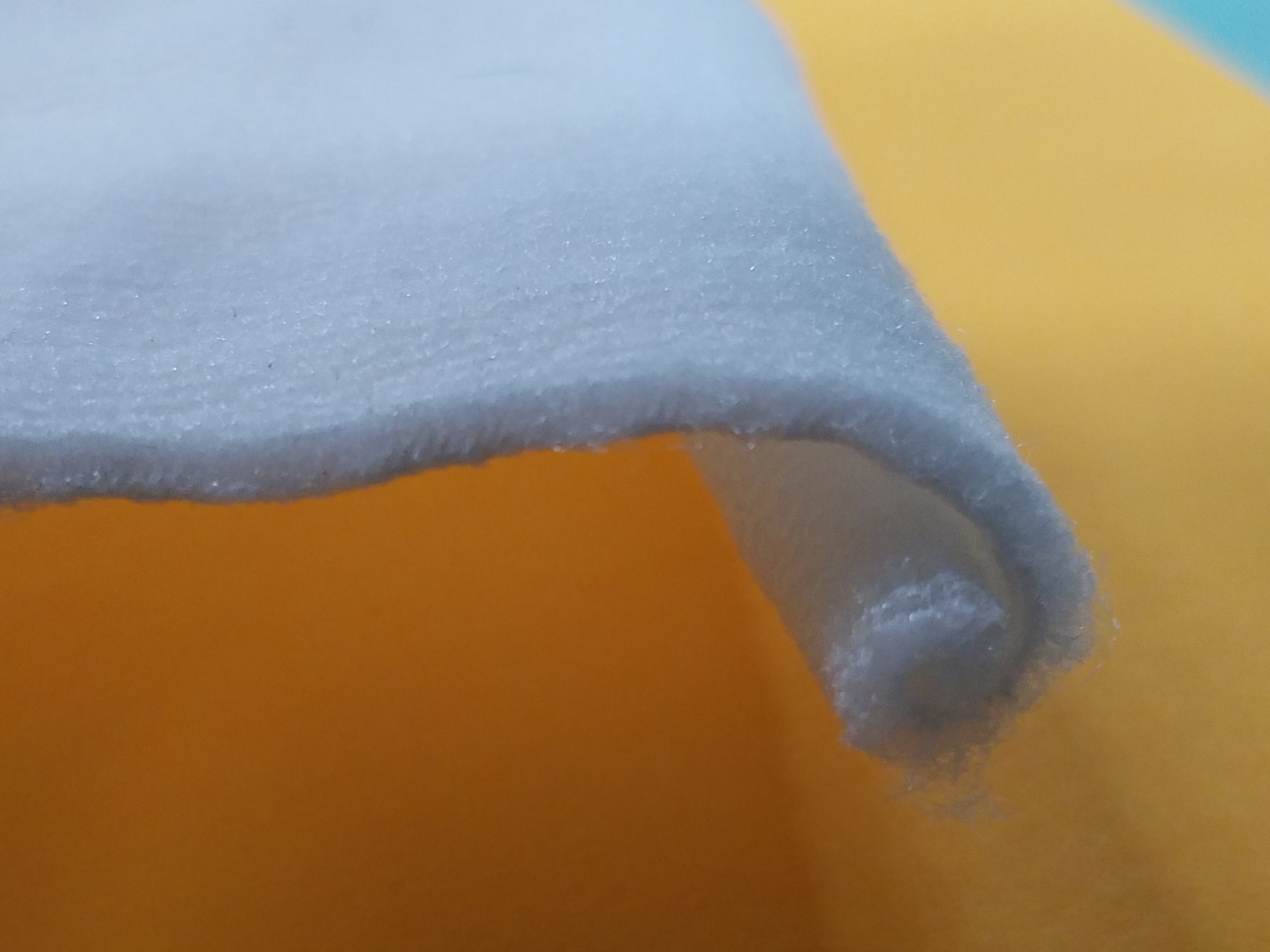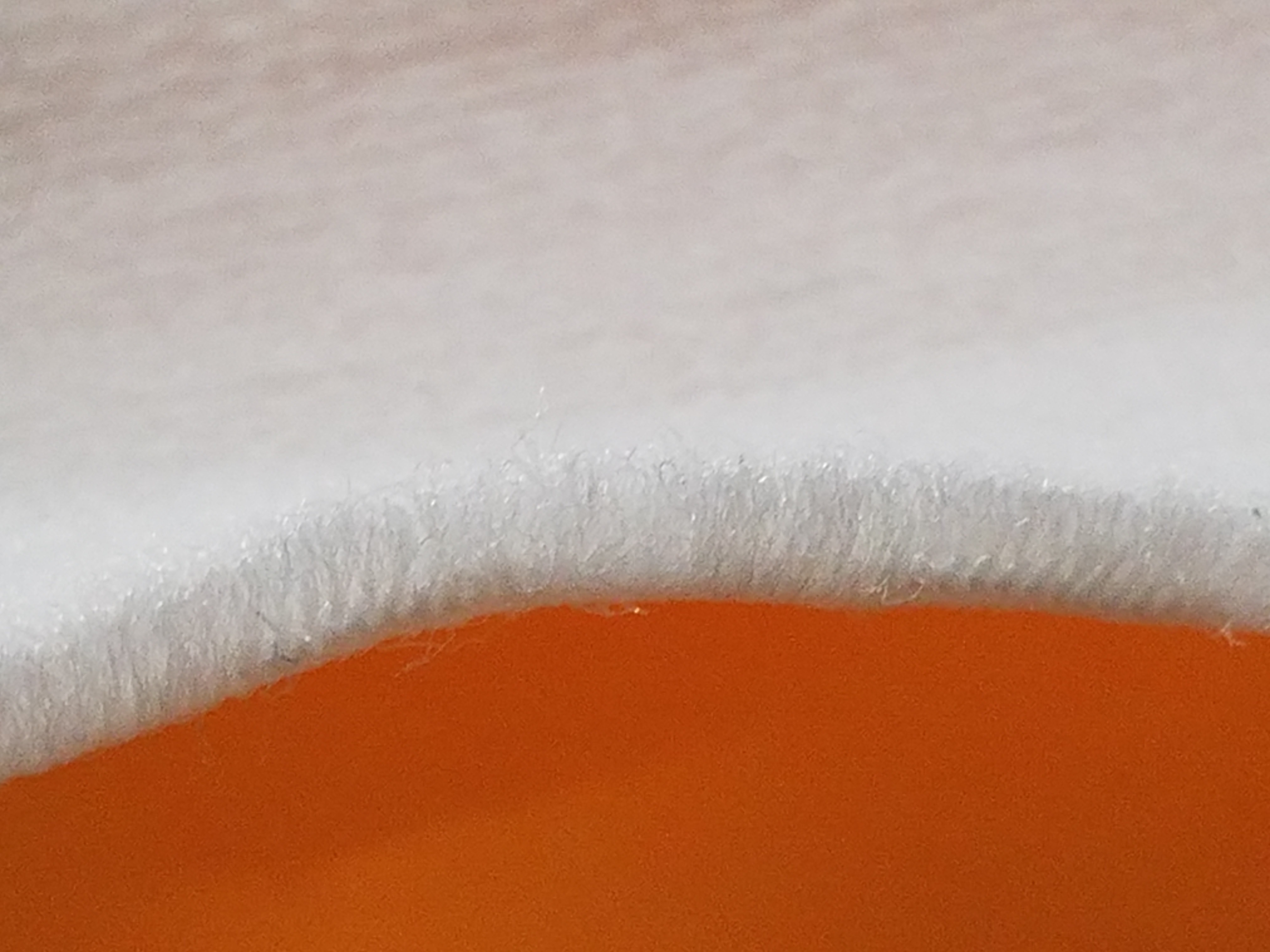
China’s circular knit sector in full flow
Hitesh Sharma, a knitting technologist (CQA) and President of the International Federation of Knitting Technologists (IFKT), Canada/US section has developed a circular knitted fabric which can be used for the production of non-medical protective facemasks

27th April 2020
Knitting Industry
|
Ontario, Canada
Hitesh Sharma, a knitting technologist (CQA) and President of the International Federation of Knitting Technologists (IFKT), Canada/US section has developed a circular knitted fabric which can be used for the production of non-medical protective facemasks, to help in the fight against COVID-19. Mr Sharma is very generously making the H97-LoopCluster innovation available to circular knitted fabric manufacturers worldwide at no cost.
“This innovation may be distributed among circular knitting fabric manufacturers worldwide, if needed, whose machines are capable to produce this kind of fabric with high speed production. The intention of distribution information is completely non-profit and without any monetary benefits due to this pandemic,” Mr Sharma said in a statement.
Details of the innovation are as follows:
Technical Material Data: H97-LoopCluster
1. Air permeability = 60.2 *tested on Frazier precision tester rating in cubic feet per square foot of fabrics per minute @30” of Murcury,70-degree F and 65% relative humidity.
2. Yarn Polyfilament (423.6 Micronaire)
3. Looping qty: 34x54= 1836/2 =918 LoopCluster per square inch
4. Mask size 6”x7” =42 Square inch. Then in each mask contain of: 42x918=38,556 Looping cluster
5. Looping height=2.65mm
6. 6.Material weight=14.15 ounce per square yard
7. Material Thickness =0.44 mm (compare to 0.34 mm normal surgical mask)
8. Loop size=Front side 0.355mm and Backside 0.275mm
“The knitted H-97 LoopCluster material was developed on a superfine circular knitting machine with higher gauge and lower pitch, made by using special type of sinkers and additional interlocking loop casting-off technology for maximum virus protection. During research, the said material has limited possibilities to be developed on flat knitting technology due to machines higher pitch value and limited gauge/cut availability e.g,18. Other technical variations compare to circular knitting technology,” Hitesh Sharma added.

“The LoopCluster material prevented to enter glycoprotein spikes existed in corona virus while breathing and stop these virus droplets spreads in the air when a mask worn by a person. These droplets and other small particles can easily land on other people, clothing and surfaces around them, but the LoopCluster material can easily control/hold to dispose the smaller particles in the air while sneezing and coughing.”

The study shows that the virus could survive in droplets for up to 3 hours after being coughed out into the air. Fine droplets between 1-5 micrometres in size – about 30 times smaller than the width of a human hair could remain airborne for several hours in still air. However, that copper surfaces tended to kill the virus in about 4 hours, on plastic and stainless steel (up to 2 to 3 days), copper (up to 4 hours), and on cardboard (24 hours). This material could be produced along with 20 denier 2filament carbon, copper and silver filaments to enhance its antiviral properties.”

Physical properties of Material
“Antimicrobial, dries quickly, Easy to wash, Re-Useable, Wrinkle-resistant, Extremely durable,
This single layer mask material has to actually filter out the virus. This mask material is called H97-LoopCluster. Let’s see what can and can’t get through the mask.H97-LoopCluster capable to filter out about 97% of particles of all sizes from the air. That includes something less than 0.1 microns in size. That’s the case with many types of fabric. Even when you use several layers of fabric, it may have too many holes.” Usually layer of a handkerchief is only going to filter out less than 12% of particles. The filter material for H97-LoopCluster doesn’t just physically block viruses and other small particles as well. As process goes, you can’t see it, it's electric. During the manufacturing process, the fibers receive an electric charge. this electrostatic charge then attracts the virus so that it gets stuck on the fibers and loop cluster chambers itself. Coronavirus particles are spheres with diameters of approximately 0.125 microns (125 nm). The smallest particles are 0.06 microns, and the largest are 0.14 microns.
Particles filtered by mask material =0.007µm. Coronavirus size=0.1µm, Bacteria =0.5µm
Activated-Carbon material absorb Viruses. Polyacrylonitrile based activated carbon fibers are superior to pitch-based, cellulose-based, and Phenol resin-based activated carbon fibers for mechanical strength and absorbency.”
Antistatic
“Because of its conductivity, the carbon fibre absorbs and disperses electric charges accumulated from the environment or during mask on. Carbon yarn can prevent the electric charges from discharging on the body, thus avoiding muscle contractions, cramps and fatigue. Carbon improves the electrical performance of the human body by promoting blood circulation and the regular supply of oxygen to the cells, offering an increase in resistance and reducing the sense of fatigue in the face muscles.”
Heat Regulating
“It speeds up the evaporation process, slows down the build-up of skin moisture created by droplets while sneezing and keeps the face at constant temperature. Especially in the summertime. Carbon also allow a quick the dispersion of sweat, inducing sweat evaporation. The less sweat comes in contact with the skin, the greater the well-being feeling, a comfortable wear that we can define “wellness even under pressure”. Another peculiarity of our yarn is the feeling of wellbeing, connected to the high level of conductivity of the yarn.”
Reflective
It protects the face from absorbing static energy, electro-smog, UV rays and control direct virus attack,” the statement concludes.
Innovator: Hitesh Kumar Sharma (Knitting Technologist, CQA), Innovator citizen of Canada, Innovation held at Ontario, Canada.
Document Compiled by: Hitesh Kumar Sharma-President IFKT Canada / US; email id : [email protected] ; Cell. +1 647 761 1379 ; Skype: hitesh114.

Business intelligence for the fibre, textiles and apparel industries: technologies, innovations, markets, investments, trade policy, sourcing, strategy...
Find out more